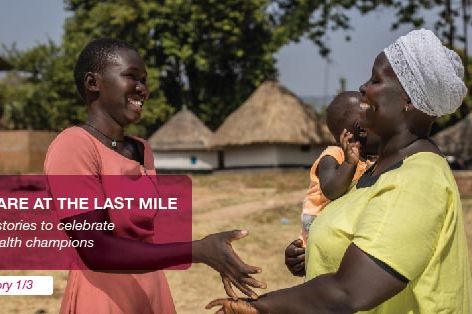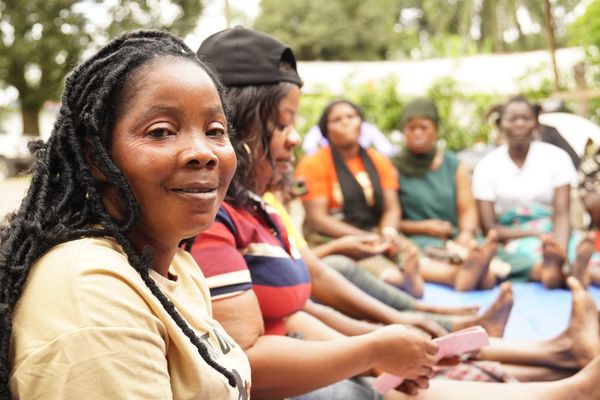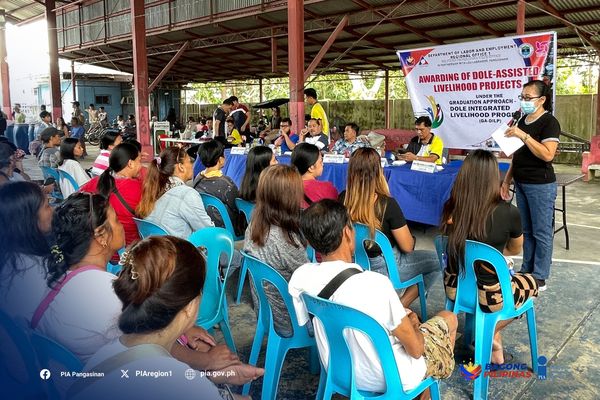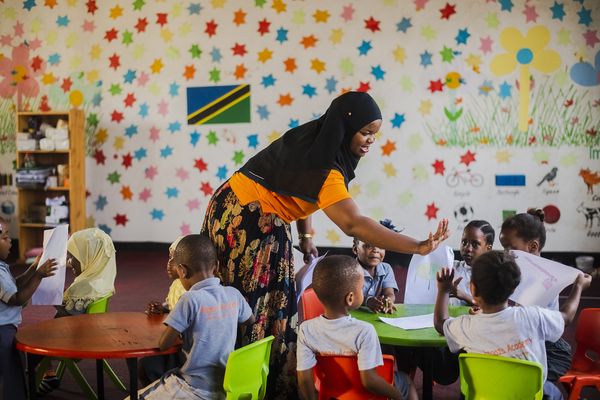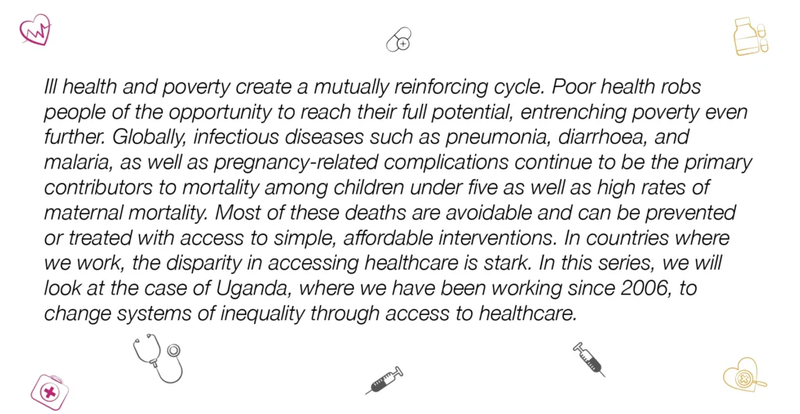
Children fall sick, and often. But not all children get access to the same healthcare services.
In Uganda’s Moyo district, where Adriako Kemisa and her children live, finding affordable and timely healthcare can be quite challenging. Although life expectancy in Uganda for both women and men have risen in the last decades, children under the age of five, especially in marginalised conditions, are still highly susceptible to infectious diseases such as pneumonia, diarrhoea, and malaria. Despite being entirely preventable and treatable, these common diseases are still taking the lives of young children in large numbers.
These incidences can change, and they are changing in villages across Uganda.
Like most parents, Kemisa has to frequently deal with her children’s illnesses. But her worries eased after a chance friendship with Betty, a community health worker, in her village. Betty is part of an all-women network of community health workers in Uganda who have reached over 2.5 million people living in underserved areas with crucial health services.
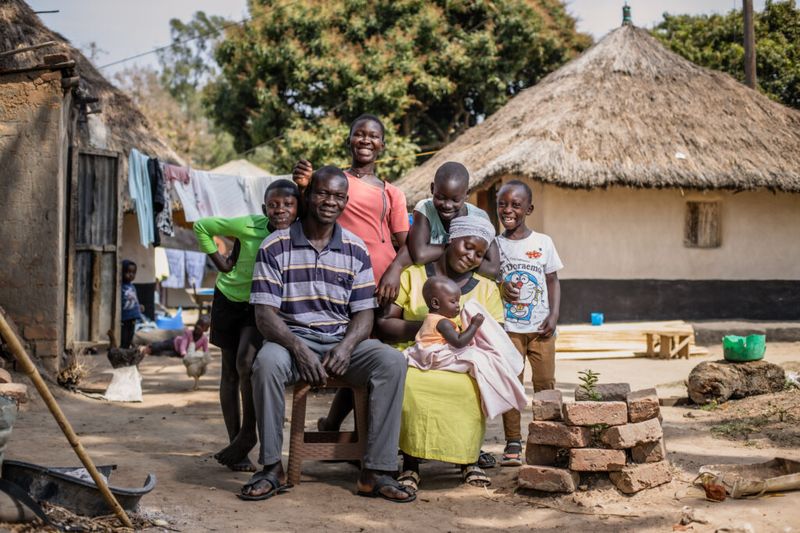
BRAC’s cadre of community health workers in Uganda is the largest in the country. Women are trained to provide basic preventative and curative care in their communities and to diagnose and refer patients with complications. They focus on maternal and child health, family planning, nutrition promotion, infectious disease prevention, and more, and earn a modest income from the sale of basic health goods, ranging from anti-malaria drugs to soap and fortified foods.
Whenever there is a health emergency now, be it for herself or her children, Kemisa reaches out to Betty, who was right next to her even when she went into labour. The community health workers are all recruited from within the communities and thus, they are best placed to understand the biggest health challenges, most of which stem from harmful social norms, and as a result have the best know-how in communicating and offering solutions.
The range of services vary from door-to-door household visits, awareness raising, and community mobilisation, to nutrition, family planning, identification and referral of pregnant women for antenatal care, skilled birth attendance and immunisation of children, among others.
The community health workers help bridge the gaps between health facilities and communities and in cases of emergencies, they refer patients to the closest hospitals, often accompanying patients, and then following up on referrals.
Health workers like Betty create door-to-door awareness on preventable and infectious diseases. For instance, Betty helped Kemisa to improve the sanitation in her house which has resulted in reduced cases of diarrhoea in her household.
BRAC’s model of community-based healthcare has for decades, successfully helped improve health services for people living in poverty, particularly for mothers and children, and helped yield long-term social and economic benefits for society as a whole.
*All stories in this series were collected and compiled by the Health programme assistants in Uganda. Edited and curated by Edwinah Nassuna and Abida Rahman Chowdhury
